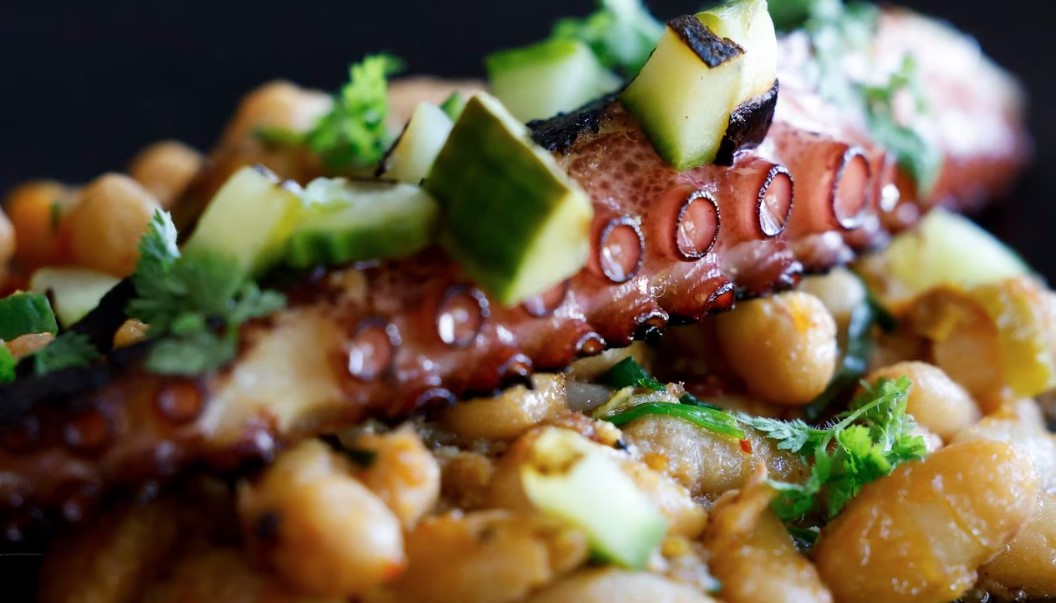Introduction: What is Australian cuisine?
Australian cuisine is as diverse and multicultural as the country itself. It is a fusion of different cultural influences that have come together over time, resulting in a unique culinary identity. Due to its rich history, Australian cuisine has been shaped by Indigenous culture, British colonization, and post-World War II immigration.
With its vast and varied landscapes, Australia is home to an abundance of fresh, high-quality produce such as seafood, beef, lamb, and a wide range of fruits and vegetables. The country’s culinary scene is continually evolving, with chefs and food enthusiasts experimenting with new ingredients and techniques, making it an exciting time for food lovers in Australia.
Historical Influences on Australian Cuisine
Australian cuisine has a fascinating history that reflects the country’s diverse cultural influences. British colonization in the late 18th century brought with it traditional British cuisine such as pies, stews, and roasts. However, the harsh climate and limited resources in Australia meant that these traditional dishes were often adapted to suit the local conditions.
The post-war era saw a wave of immigrants coming to Australia, bringing with them their own unique culinary traditions. Italian, Greek, and Chinese food rapidly became popular, and the fusion of different cuisines created dishes such as Vietnamese pho, Thai green curry, and Japanese sushi.
Indigenous Ingredients and Bbq Culture
Indigenous ingredients play a significant role in Australian cuisine, with many traditional dishes showcasing native ingredients such as kangaroo, emu, and crocodile. The use of native ingredients has become increasingly popular in recent years, and many restaurants now feature them on their menus.
Barbecue culture is also an essential part of Australian cuisine. The country’s climate and outdoor lifestyle make it the perfect place for barbecuing, and it is a popular way of cooking everything from sausages to seafood. The Australian barbecue is an iconic part of the country’s culinary identity, with many families gathering for outdoor feasts.
Famous Australian Dishes: Lamingtons
Lamingtons are one of Australia’s most famous desserts. These small sponge cakes are coated in chocolate and desiccated coconut, and often filled with cream or jam. Lamingtons were first made in the early 1900s, and their popularity has continued to grow, with many variations now available.
Other famous Australian dishes include meat pies, fish and chips, and the iconic Vegemite sandwich. These dishes are often enjoyed as comfort food, and they reflect the country’s British heritage.
Seafood and Wine – A Perfect Match
With a coastline stretching over 36,000km, Australia has access to some of the world’s best seafood. Prawns, oysters, and lobster are just a few of the delicacies that can be found in Australian waters. As a result, seafood plays a significant role in Australian cuisine, and it is often paired with locally produced wine.
Australia is home to some of the world’s best wine regions, including the Barossa Valley and Margaret River. The country’s winemakers have earned a reputation for producing high-quality wines that pair perfectly with seafood.
Fusion Food in Australia: The Rise of Multiculturalism
Multiculturalism has played a significant role in shaping Australian cuisine, with the country’s culinary scene now reflecting a diverse range of cultures. Fusion food has become increasingly popular, with chefs combining different cuisines to create unique and exciting dishes.
The fusion of different cultures has resulted in dishes such as the “Aussie burger,” which combines traditional beef patties with beetroot, pineapple, and a fried egg. Other popular fusion dishes include Korean tacos and Japanese-inspired ramen burgers.
Eating Out in Australia – A Diverse Experience
Australia has a thriving restaurant scene, with a diverse range of dining options available. From fine dining to casual eateries, there is something to suit every taste and budget. Many restaurants showcase local produce and Indigenous ingredients, giving diners a true taste of Australia.
Food markets and food trucks have also become increasingly popular, offering a more casual dining experience. These markets often feature a range of international cuisines, reflecting the country’s multiculturalism.
Conclusion: How Australian Cuisine Is Evolving
Australian cuisine is continually evolving, with chefs and food enthusiasts experimenting with new ingredients and techniques. The country’s cultural diversity has played a significant role in shaping its culinary identity, resulting in a fusion of different cuisines and flavors.
The use of Indigenous ingredients has become increasingly popular, and there is a growing focus on sustainable and ethical food production. The Australian restaurant scene is thriving, with a focus on fresh, locally sourced ingredients and innovation. It is an exciting time for food lovers in Australia, and the country’s cuisine is sure to continue evolving in exciting new ways.

